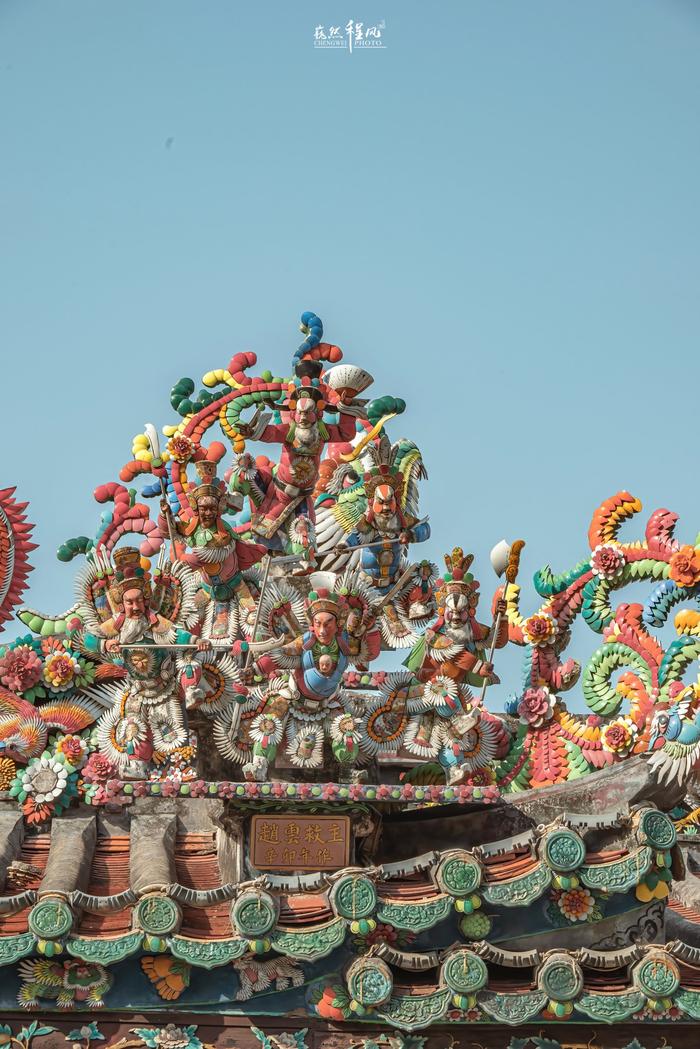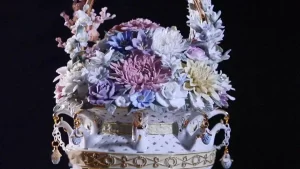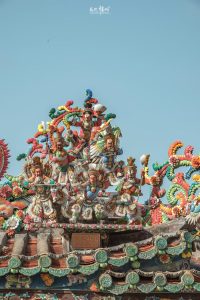Teochew oil paper lanterns are a unique art form. They come from the Chaoshan region of China. Their roots trace back to ancient times. They were born in the Warring States period. Their origin is linked to the Central Plains. Later, the craft spread to Chaoshan.
This tradition now shines in festivals worldwide. Lanterns bring light and hope during celebrations. They serve as symbols of prosperity and unity. This article introduces Teochew oil paper lanterns to a global audience.
The History of Teochew Oil Paper Lanterns
Teochew oil paper lanterns have a long history. Ancient lanterns carried deep symbolism and cultural meaning. They were used to express warm wishes for the future.

In Chaoshan, the word “deng” sounds like “ding”. This similarity implies a thriving family. The word “bamboo” sounds like “virtue” in the local tongue. These sounds add a layer of meaning to each lantern.
Lanterns became more than a simple light. They grew to embody family and cultural values. Over centuries, they became a festive icon. People celebrated their heritage by hanging red lanterns. Families prayed for happiness and good fortune. Lanterns connected communities and traditions. They bridged the past with the present. Their history is cherished by both locals and overseas Teochew people. The tradition serves as a reminder of ancestral values and dreams.
Craftsmanship and Production Techniques
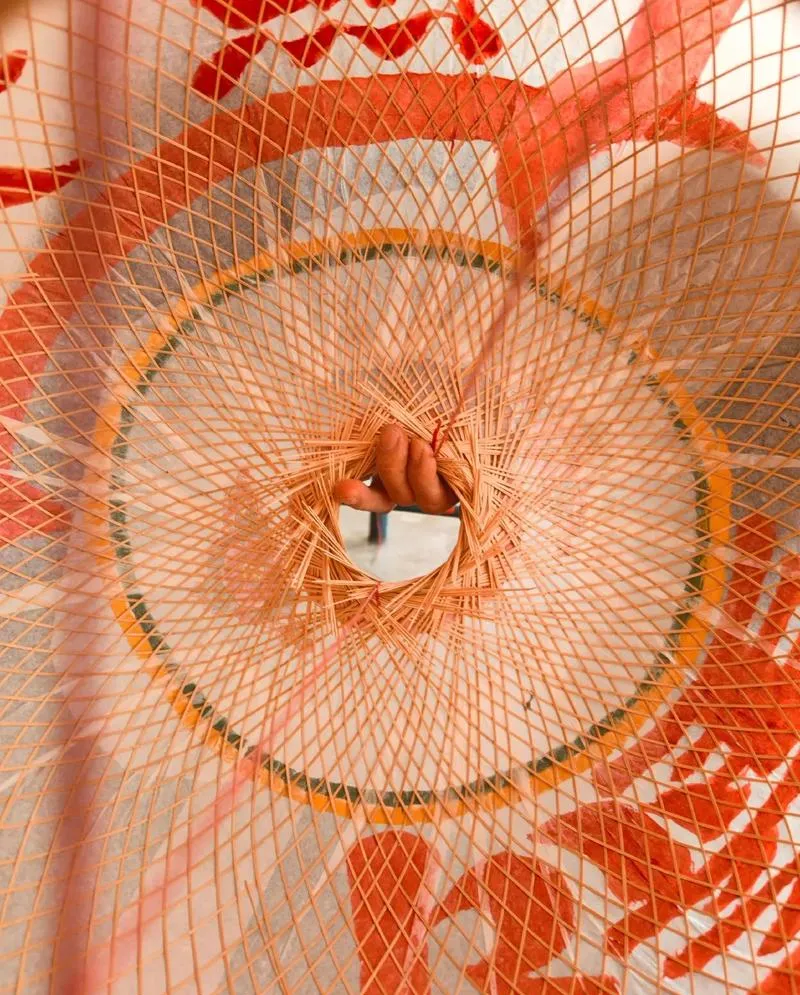
The production of Teochew oil paper lanterns is detailed and skilled. This art began in the Qing Dynasty. Craftsmen use many techniques to create each lantern. They combine painting, paper cutting, and paper binding. The process starts with selecting high-quality bamboo.
The bamboo-woven oil paper lanterns require materials like Guangning bamboo, Guanyin bamboo, and powder bamboo, known for their straightness, long joints, thinness, and flexibility. These are crafted into ideal bamboo strips, woven into lantern frames, and meticulously decorated, bringing the lantern to life.
Craftsmen measure each bamboo strip with care. They then soak the bamboo in water overnight. Soaking softens the strips for weaving. Next, the bamboo is cut into small pieces. Craftsmen weave these pieces into a lantern frame. They use fixed moulds for consistent shape. The woven frame is called the lantern blank. After weaving, the blank is soaked in water again. Then, craftsmen paste oil paper onto the frame. They carefully apply festive colors with a brush. Auspicious words and floral patterns are added by hand. The lantern then receives a layer of tung oil. This oil gives the lantern a glossy finish. It also improves the lantern’s durability. Finally, lamp legs are attached to complete the piece. Every step reflects the artisan’s skill and dedication. The process involves nearly twenty distinct steps. Each step is essential for quality and beauty.
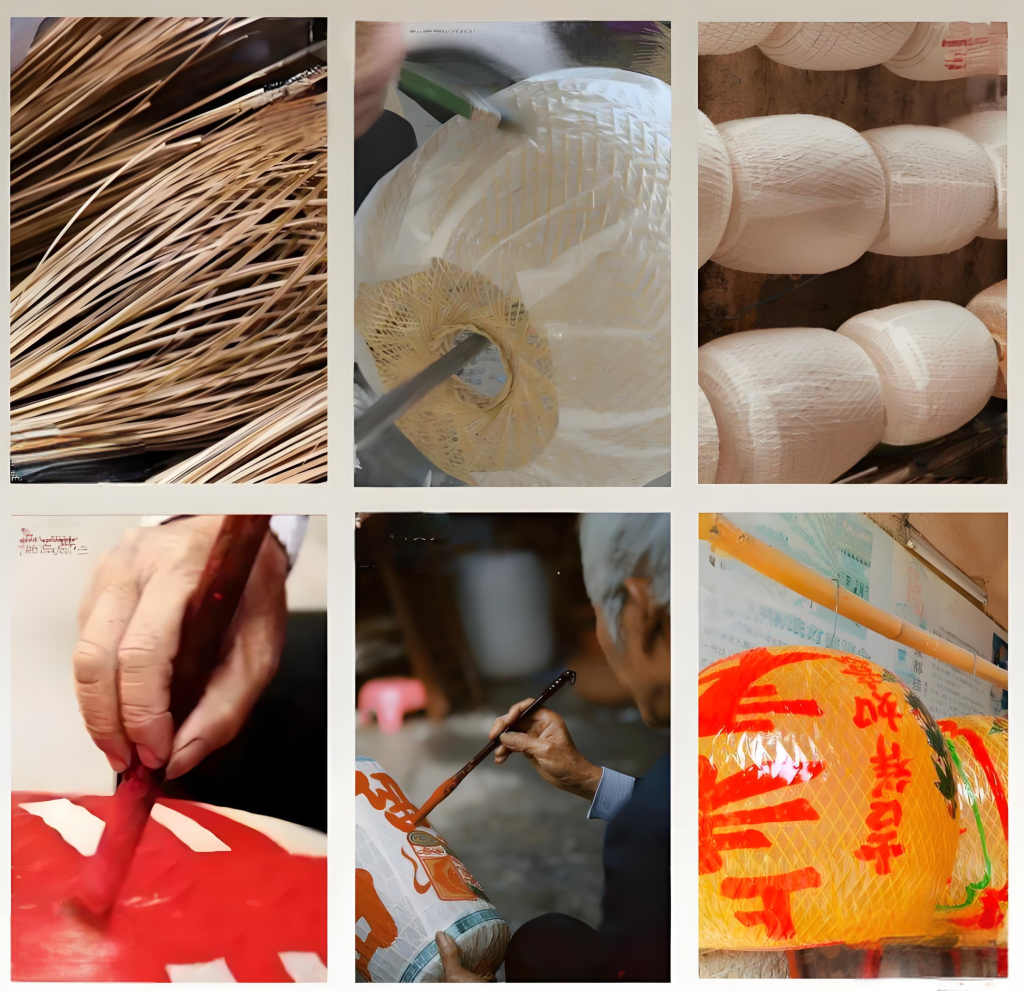
The Inheritance of a Cultural Treasure
Where there is fire, there is light. Teochew oil paper lanterns have passed through generations. They have survived time and change. Today, they are celebrated as part of a national heritage project. Their cultural value is recognized across China. Lanterns symbolize a bond between the past and the future. They remind us of ancestral dreams and hopes. Families display them during festivals with pride. Their red glow speaks of prosperity and unity.

Craftsmen work hard to preserve this art. They combine old techniques with modern tools. Mechanical aids now help produce bamboo strips. This innovation improves efficiency and quality. Despite modern challenges, artisans remain dedicated. They adapt to market demands without losing tradition. New styles and designs emerge for various occasions. Each design carries a message of good fortune.
These lanterns are now found at cultural exhibitions. They appear at celebrations in China and abroad. Their beauty and simplicity draw admiration worldwide. They create a bridge between cultures and generations.
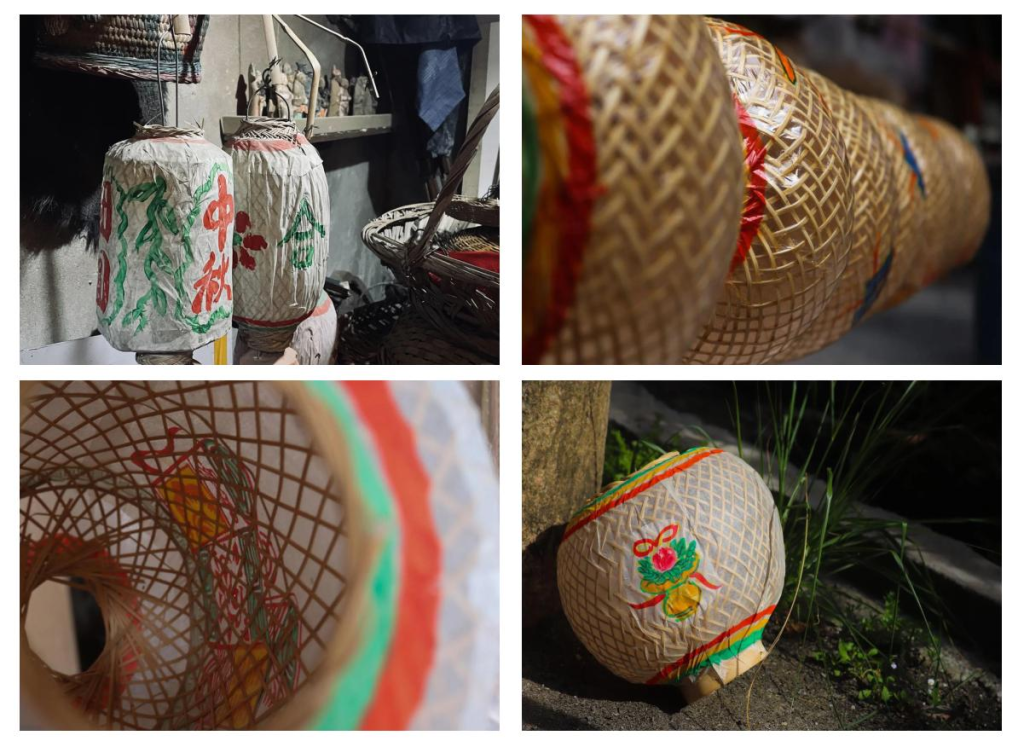
Celebrating a Living Tradition
Teochew oil paper lanterns are more than decoration. They tell a story of heritage and hope. Their history is written in every delicate detail. The craft is passed from master to apprentice. Each generation adds its own twist. This living tradition continues to evolve. It remains simple yet powerful in its message. Lanterns light up homes during important festivities. They are cherished by both young and old. Their vibrant colors capture the spirit of celebration. The gentle glow of a lantern soothes the night. Families and communities feel connected by its light. Artisans continue to innovate while respecting the old ways. Their work keeps the culture alive and bright. In every festival, a lantern tells a tale of unity. It speaks of dreams, virtues, and the beauty of life.
Conclusion: A Beacon of Cultural Light
Teochew oil paper lanterns are a beacon of light and culture. They have evolved from ancient traditions to modern art. Their history and craftsmanship are preserved with care. They unite communities with their simple, warm glow. These lanterns serve as cultural ambassadors. They introduce Teochew traditions to the world. Every lantern reflects the passion of its maker. Its design tells a story of heritage and hope. Today, Teochew oil paper lanterns continue to inspire. They remind us that tradition and art can live on. Their light travels beyond borders and time. They are a symbol of family, unity, and joy. This art invites everyone to discover its simple beauty. Embrace the story and warmth of Teochew oil paper lanterns. Let their glow connect hearts across cultures and lands.


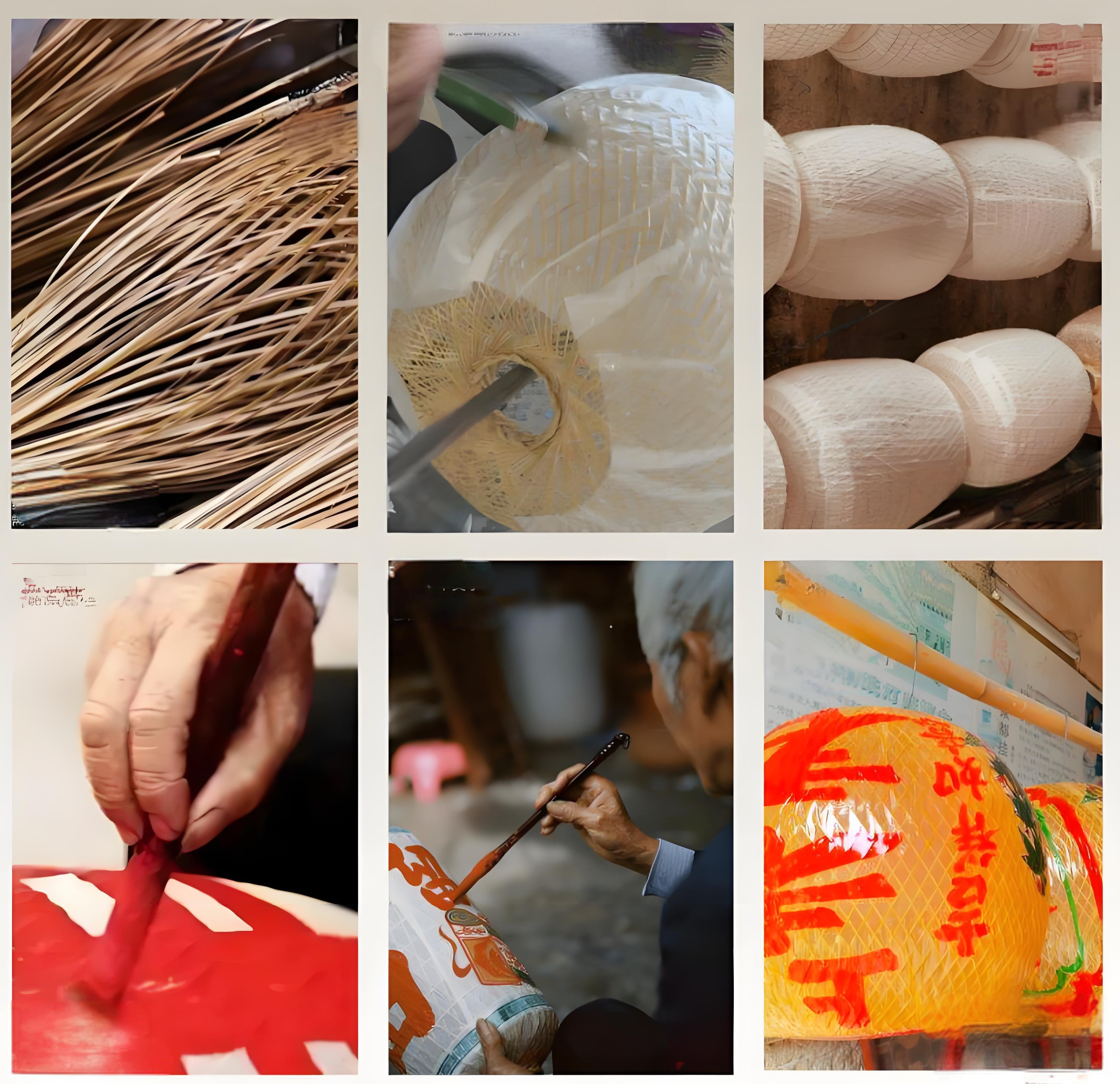





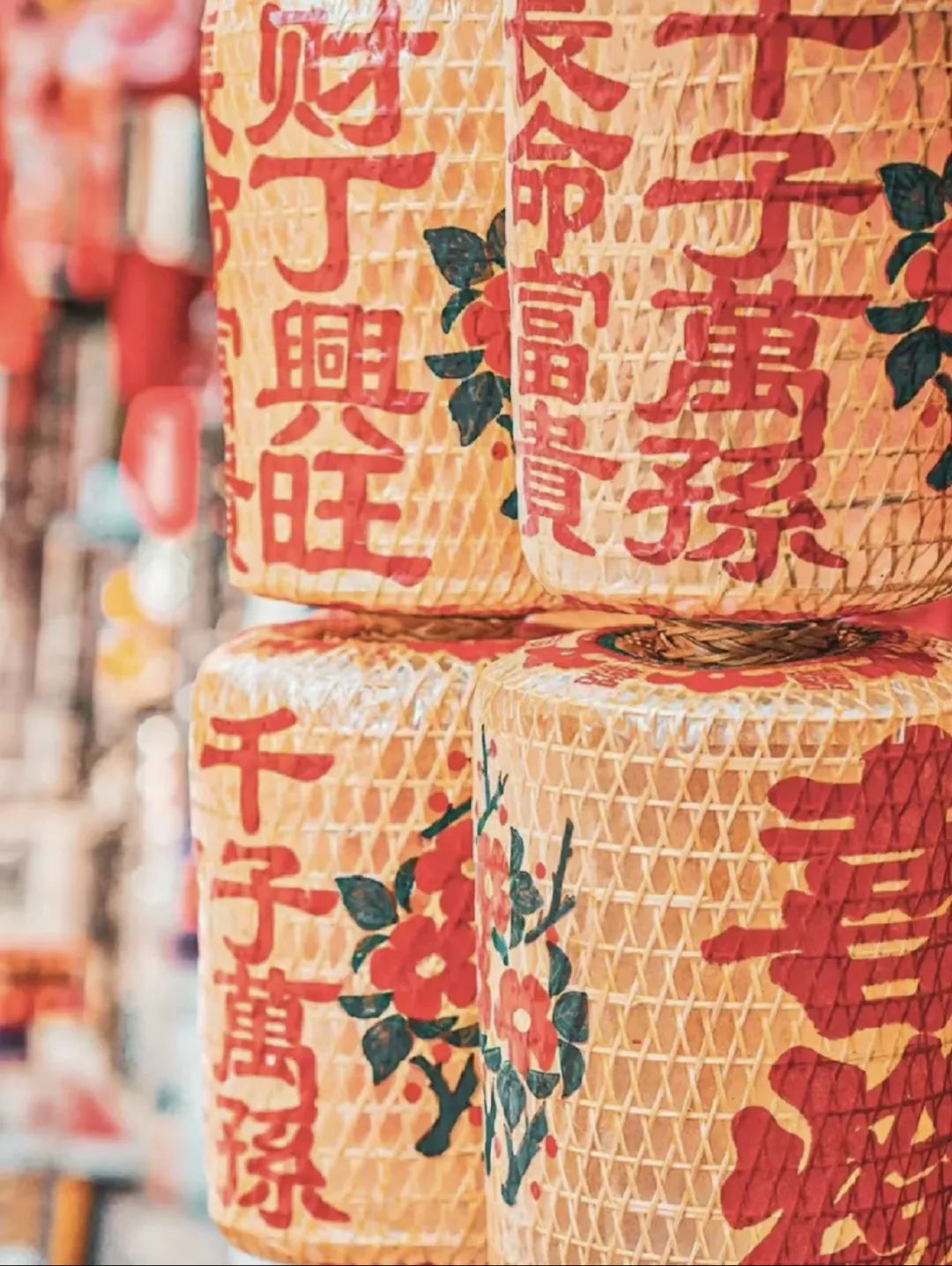
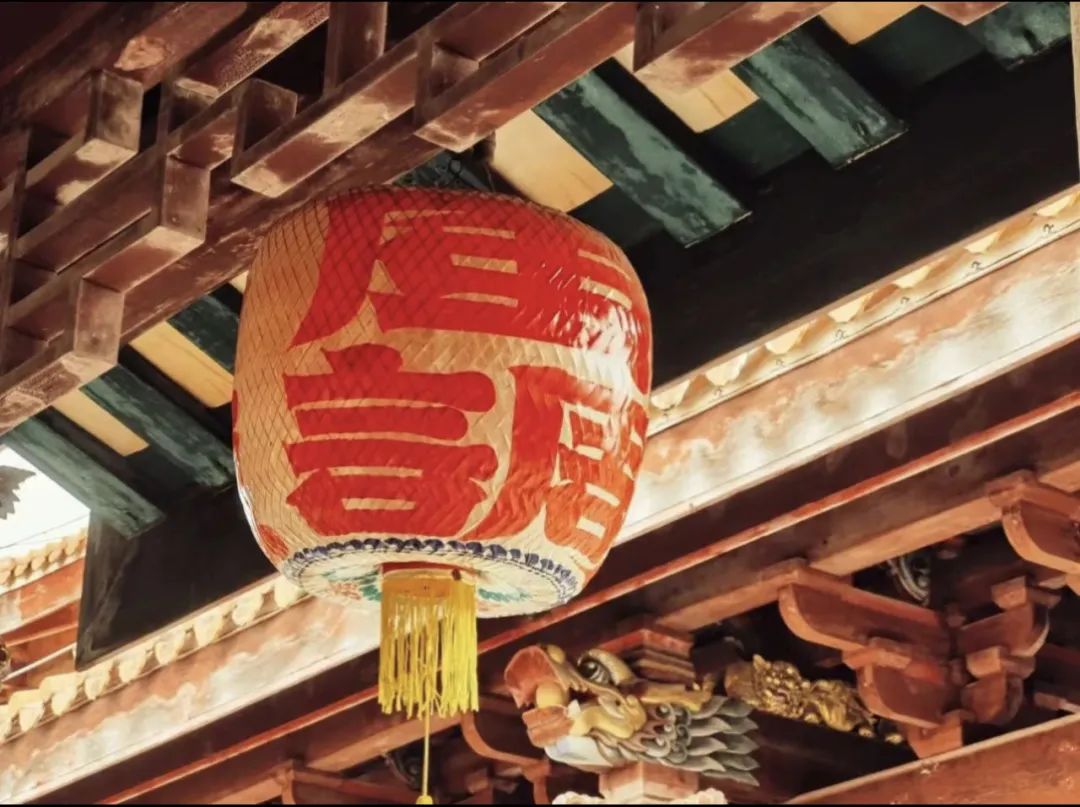
Related reading:What is Teochew – Chaoshan Teochew
